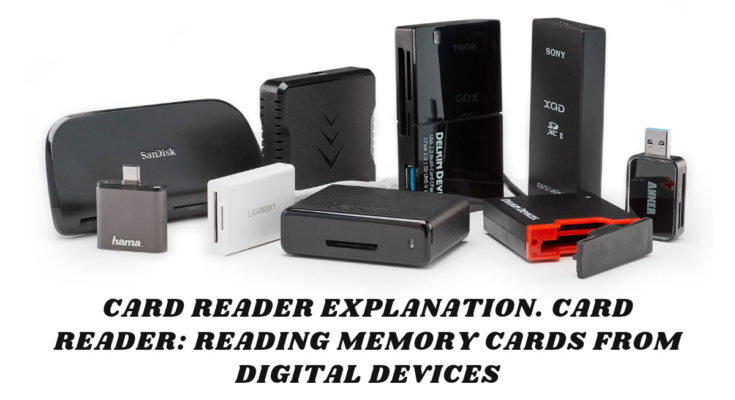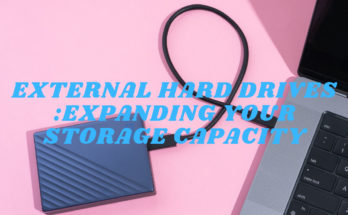CARD READER :-
A card reader is a device that reads information from magnetic stripe, chip, or contactless cards. It is commonly used in a variety of applications such as payment processing, access control, identification, and time and attendance tracking.
Magnetic stripe card readers use a magnetic head to read the data stored on the magnetic stripe of a card. These types of readers are commonly used for credit and debit card transactions.
Chip card readers, also known as EMV readers, use an embedded chip on the card to securely store and process data. These readers are becoming increasingly common due to their improved security over magnetic stripe cards.
Contactless card readers use radio frequency identification (RFID) technology to read data from a card without the need for physical contact. These readers are often used for public transportation and access control systems.
Overall, card readers provide a convenient and secure way to read and process information from various types of cards.
CARD READER: READING MEMORY CARDS FROM DIGITAL DEVICES
Card readers can also be used to read memory cards from digital devices such as cameras, smartphones, and tablets. These memory cards typically use formats such as Secure Digital (SD), CompactFlash (CF), or MicroSD.
To use a card reader to read a memory card from a digital device, the memory card is typically removed from the device and inserted into the card reader. The card reader is then connected to a computer or other device, allowing the data on the memory card to be accessed.
Card readers that are designed for use with memory cards from digital devices often have multiple slots to accommodate different types of memory cards, making them versatile and convenient for a wide range of users. Some card readers even include built-in USB or Thunderbolt ports, making it easy to transfer data between the memory card and a computer or other device.
Overall, card readers can be a useful tool for accessing and transferring data from memory cards used in digital devices, and they offer a convenient alternative to connecting the device directly to a computer or other device.
TYPES :-
There are several different types of card readers, each designed for specific purposes and applications. Here are some of the most common types of card readers:
1. Magnetic stripe card reader: As mentioned earlier, these readers use a magnetic head to read data from the magnetic stripe on a card.
2. Chip card reader: Also known as an EMV reader, these readers use an embedded chip on a card to securely store and process data.
3. Contactless card reader: These readers use RFID technology to read data from a card without the need for physical contact.
4. Smart card reader: These readers are specifically designed to read and process data from smart cards, which contain a microprocessor and are capable of performing complex operations.
5. Memory card reader: These readers are used to read memory cards from digital devices such as cameras, smartphones, and tablets.
6. Biometric card reader: These readers use biometric authentication to read and verify the identity of the cardholder.
7. Barcode card reader: These readers use barcode scanning technology to read data from a barcode printed on a card.
Overall, the type of card reader used depends on the application and the type of card being read. Each type of card reader has its own advantages and disadvantages, and some card readers are capable of reading multiple types of cards.



